Less than 2 kilometers off the shore of Charleston, in the middle of Charleston Harbour, is a small island that goes by the name of Shutes Folly. The name of this island derives from its owner Joseph Shute who bought the island in 1746. Since then, the island has changed hands several times but the name has nonetheless remained the same. The history of this island, however, is of a disturbing and bitter nature and it includes a castle named Pinckney.
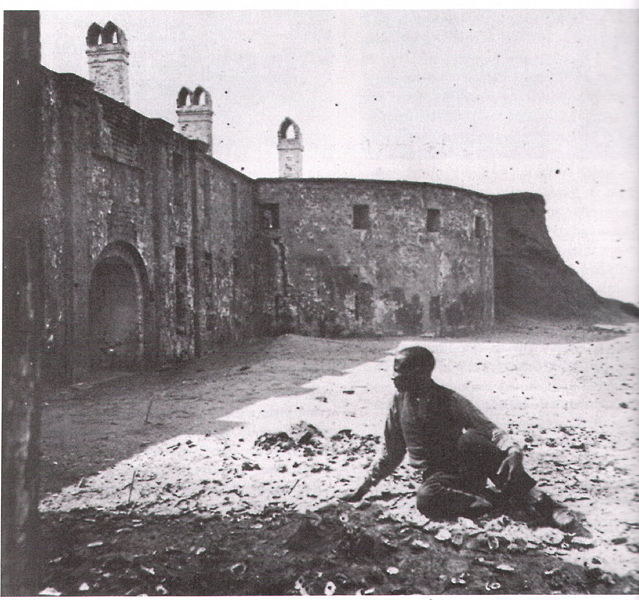
The United States built this fortification in 1810 on top of the ruins of an even older fort that was made of dirt and logs but carried the same name, the name of Charles Cotesworth Pinckney, a Revolutionary War hero.
The beginning of the construction of this older fort can be found in 1794 and the whole process is thought to have lasted for seven years. It was finally completed in 1804. Sadly, that year is the beginning as much as it was the end for this fortification for a hurricane swept the land and left nothing behind. This older fort was utterly destroyed by the winds and was battered to the ground.
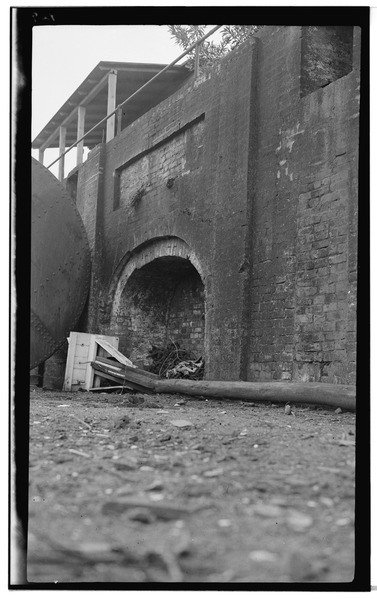
A few years later in 1809, the construction of the new Castle Pinckney began. It was made more durable with brick and mortar and it took only one year to complete this edifice. Two years after it was finished came the War of 1812, a conflict between the United Kingdom and the United States. This is when the castle was garrisoned, though the castle never saw any action. The conflict lasted for almost three years, but the castle was left intact.
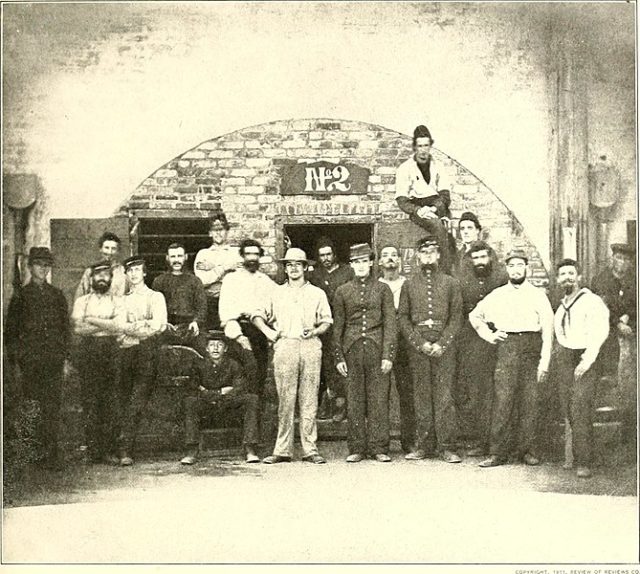
Once the war was over, the castle was abandoned and remained vacant for around 20 years. Then came the Nullification Crisis in 1832; a confrontation between the U.S. federal government and the state of South Carolina.
This is when the fort was brought back to life and once more garrisoned. And then history turned around and came back to haunt this castle, for once more this fortification was abandoned after the Nullification Crisis was over. The only difference was that the fort was now used as a storage for all sorts of military supplies such as gunpowder.
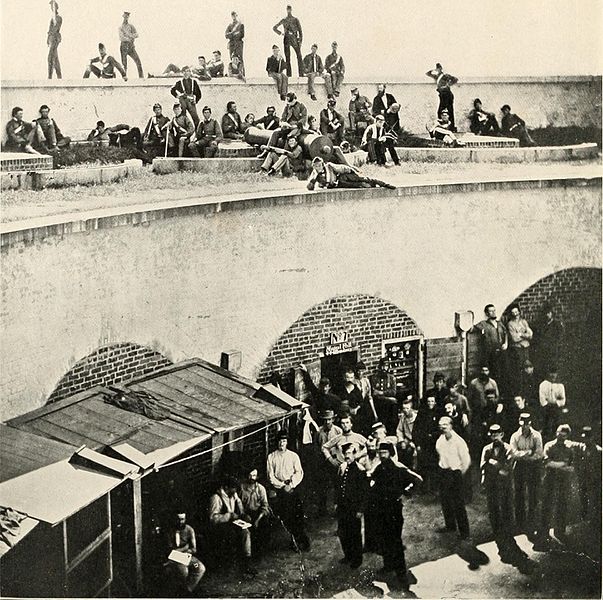
A couple of decades later, the castle was part of a defensive network that is comprised of other forts such as Fort Moultrie and Fort Sumter; there were also other rather smaller fortifications and earthworks as well.
Then in the mid-19th century on December 27th, 1860, after South Carolina decided to withdraw from the Union, the fort fell under the command of the South Carolinian troops; the troops that were garrisoned inside the fort at the time went to Fort Sumter to give their support to Major Robert Anderson.
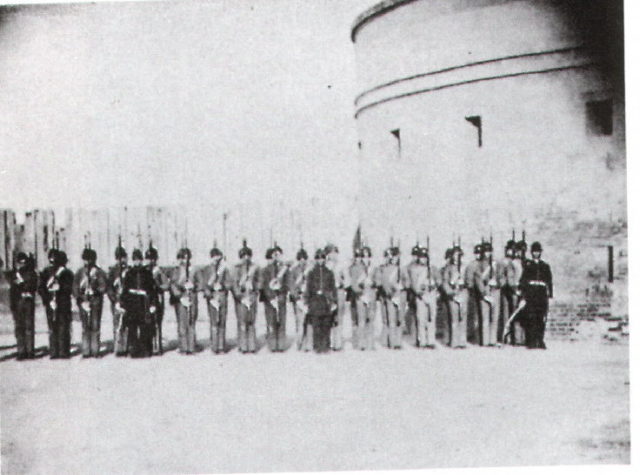
With this act, Castle Pinckney was the first fort to ever be taken over by force by a Southern State. One year later, the fort was converted to a prisoner of war camp. It was on September 30th, 1861, when around 150 Union troops were brought here in this castle to be locked. With time the castle became overcrowded and the prisoners were transferred back to Charleston City Jail only to be brought back to the castle once the jail caught on fire.
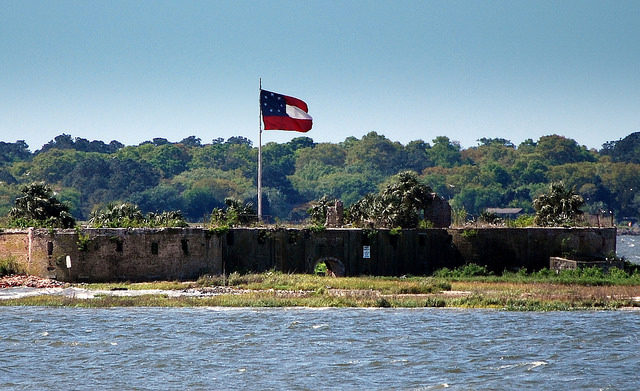
Once the Civil War was over, the castle was modernized in preparation for the Spanish-American War, though it was all in vain for the castle never saw any action after the Civil War. At the turn of the 19th century, the casements were demolished to make more room for a lighthouse to be built.

During 1924, the castle was declared as a U.S National Monument, though this status was removed in 1951. Then in 1967, a major fire destroyed much of the buildings on the island, but the warehouse managed to survive. Three years later, the castle was added to the National Register of Historic Places. Today the castle, as well as the whole island, has been reclaimed by nature.
